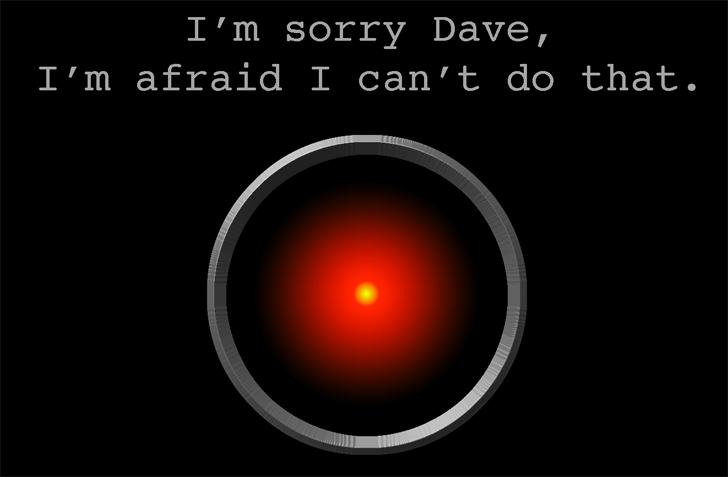ChatGPT & Generative AI: A Descent into Dystopia or the Dawn of a Golden Age for Creativity?
I bet you can’t go a day without hearing someone rave about AI nowadays. Even if you’re not in the tech field, it’s hard to escape the buzz. ChatGPT and similar generative AI tools are popping up everywhere, have already started to impact people’s daily lives, and it seems like everyone is trying to find ways to use (or abuse) them.
The possibilities have caused significant excitement and unease in people. The big question is: will this technology replace everyone’s jobs and send humanity spiralling into an apocalyptic abyss, or are we on the brink of a golden age?
ChatGPT’s ability to converse like humans, has made a lot of people apprehensive and has made it easy to treat it as potentially sentient. However, consider that the concept of telling machines what to do, and that becoming easier over time with layers of abstraction, is not anything new. Remember the days when working in our industry meant slogging through obscure low-level language syntax and mucking around with memory allocations? Instead, we now have high-level languages like C# that read very close to English, and make programming more accessible. With things like ChatGPT, you’d still be “programming” machines to do what you want, just in a much more accessible way. So it’s all just another step towards easier communication with our future robot overlords machines.

Change can be scary. We humans are intrinsically cautious of and resistant to change (or more specifically, the unknown). But let’s not forget, we’re also the most adaptable species on this little blue rock. We’ve gone through (and created) some massive disruptions and changes in our time.
Consider this: throughout history, we’ve made tools to help us do things faster or to replace manual labour altogether. Sure, some jobs changed or vanished, but new ones emerged, leaving us more time for creative problem-solving and doing less low-value busy work. There are too many examples from history, but I’ll go through a few.… Read more

